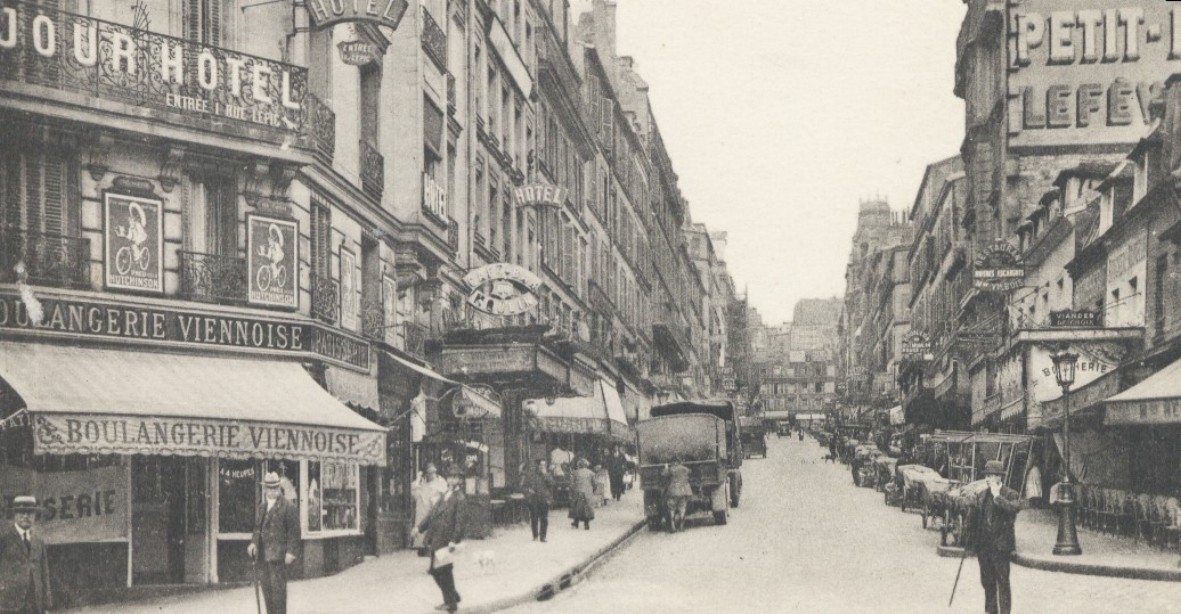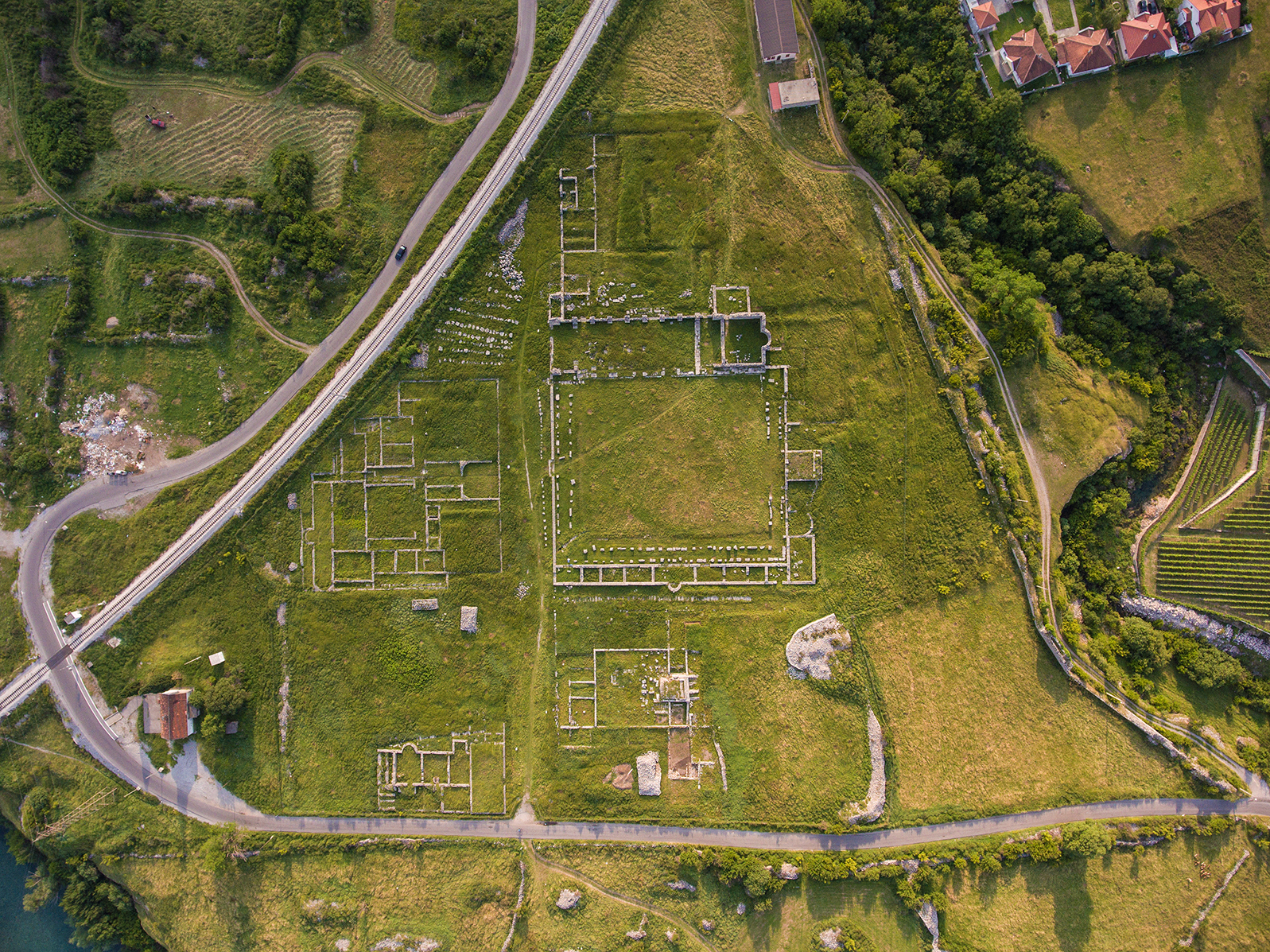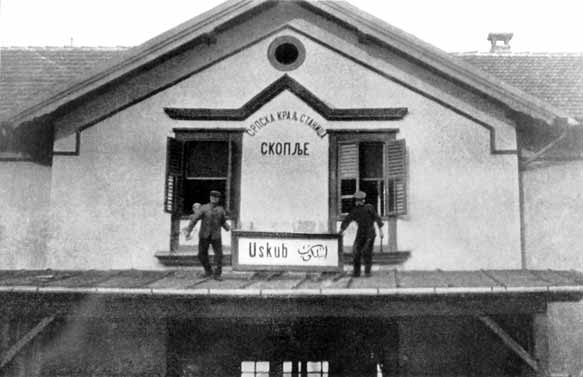|
Kosara Bokšan
Kossa Bokchan ( sr-Cyrl, Косара Бокшан, January 1, 1925 in Berlin – November 21, 2009 in Belgrade) was a Serbian painter who lived in Paris. She married Petar Omčikus (Pierre Omcikous). Education In 1928, when Bokchan was three, her parents moved to Belgrade. During World War II, as a teen, she studied painting with Mladen Josić and in 1944, at the studio of Zora Petrović. Afterwards, Bokchan enrolled at the Academy of Fine Arts in Belgrade, in the class of Ivan Tabaković. Others in the class included Petar Omčikus (Bokchan's future husband), Mića Popović, Bata Mihailović, Vera Božičković, Ljubinka Jovanović and Mileta Andrejević. Career In 1947, Bokchan joined a post-war Yugoslav art commune, ''Zadarska grupa'' (Zadar's group). Bokchan first exhibited her work in 1950. Her first solo exhibition was 1952. Bokchan then moved to Paris with Petar Omčikus. She made Paris her home and had her first exhibition there in 1954. From 1960, she made regula ... [...More Info...] [...Related Items...] OR: [Wikipedia] [Google] [Baidu] |
Berlin
Berlin ( ; ) is the Capital of Germany, capital and largest city of Germany, by both area and List of cities in Germany by population, population. With 3.7 million inhabitants, it has the List of cities in the European Union by population within city limits, highest population within its city limits of any city in the European Union. The city is also one of the states of Germany, being the List of German states by area, third smallest state in the country by area. Berlin is surrounded by the state of Brandenburg, and Brandenburg's capital Potsdam is nearby. The urban area of Berlin has a population of over 4.6 million and is therefore the most populous urban area in Germany. The Berlin/Brandenburg Metropolitan Region, Berlin-Brandenburg capital region has around 6.2 million inhabitants and is Germany's second-largest metropolitan region after the Rhine-Ruhr region, as well as the List of EU metropolitan areas by GDP, fifth-biggest metropolitan region by GDP in the European Union. ... [...More Info...] [...Related Items...] OR: [Wikipedia] [Google] [Baidu] |
Strasbourg
Strasbourg ( , ; ; ) is the Prefectures in France, prefecture and largest city of the Grand Est Regions of France, region of Geography of France, eastern France, in the historic region of Alsace. It is the prefecture of the Bas-Rhin Departments of France, department and the Seat of the European Parliament in Strasbourg, official seat of the European Parliament. The city has about three hundred thousand inhabitants, and together Eurométropole de Strasbourg, Greater Strasbourg and the arrondissement of Strasbourg have over five hundred thousand. Strasbourg's functional area (France), metropolitan area had a population of 860,744 in 2020, making it the eighth-largest metro area in France and home to 14% of the Grand Est region's inhabitants. The transnational Eurodistrict Strasbourg-Ortenau Eurodistrict, Strasbourg-Ortenau had a population of roughly 1,000,000 in 2022. Strasbourg is one of the ''de facto'' four main capitals of the European Union (alongside Brussels, Luxembourg ... [...More Info...] [...Related Items...] OR: [Wikipedia] [Google] [Baidu] |
2009 Deaths
This is a list of lists of deaths of notable people, organized by year. New deaths articles are added to their respective month (e.g., Deaths in ) and then linked below. 2025 2024 2023 2022 2021 2020 2019 2018 2017 2016 2015 2014 2013 2012 2011 2010 2009 2008 2007 2006 2005 2004 2003 2002 2001 2000 1999 1998 1997 1996 1995 1994 1993 1992 1991 1990 1989 1988 1987 1986 Earlier years ''Deaths in years earlier than this can usually be found in the main articles of the years.'' See also * Lists of deaths by day * Deaths by year (category) {{DEFAULTSORT:deaths by year ... [...More Info...] [...Related Items...] OR: [Wikipedia] [Google] [Baidu] |
1925 Births
Events January * January 1 – The Syrian Federation is officially dissolved, the State of Aleppo and the State of Damascus having been replaced by the State of Syria (1925–1930), State of Syria. * January 3 – Benito Mussolini makes a pivotal speech in the Italian Chamber of Deputies (Italy), Chamber of Deputies which will be regarded by historians as the beginning of his dictatorship. * January 5 – Nellie Tayloe Ross becomes the first female governor (Wyoming) in the United States. Twelve days later, Ma Ferguson becomes first female governor of Texas. * January 25 – Hjalmar Branting resigns as Prime Minister of Sweden because of ill health, and is replaced by the minister of trade, Rickard Sandler. * January 27–February 1 – The 1925 serum run to Nome (the "Great Race of Mercy") relays diphtheria antitoxin by dog sled across the U.S. Territory of Alaska to combat an epidemic. February * February 25 – Art Gillham records (for Columbia Re ... [...More Info...] [...Related Items...] OR: [Wikipedia] [Google] [Baidu] |
Jean Senac
Jean may refer to: People * Jean (female given name) * Jean (male given name) * Jean (surname) Fictional characters * Jean Grey, a Marvel Comics character * Jean Valjean, fictional character in novel ''Les Misérables'' and its adaptations * Jean Pierre Polnareff, a fictional character from ''JoJo's Bizarre Adventure'' * Jean Luc Picard, fictional character from ''Star Trek Next Generation'' Places * Jean, Nevada, United States; a town * Jean, Oregon, United States Entertainment * Jean (dog), a female collie in silent films * "Jean" (song) (1969), by Rod McKuen, also recorded by Oliver * ''Jean Seberg'' (musical), a 1983 musical by Marvin Hamlisch Other uses * JEAN (programming language) * USS ''Jean'' (ID-1308), American cargo ship c. 1918 * Sternwheeler Jean, a 1938 paddleboat of the Willamette River See also *Jehan * * Gene (other) * Jeanne (other) * Jehanne (other) * Jeans (other) * John (other) * Valjean (other) ... [...More Info...] [...Related Items...] OR: [Wikipedia] [Google] [Baidu] |
Gornji Milanovac
Gornji Milanovac ( sr-Cyrl, Гoрњи Милановац, ) is a town and municipality located in the Moravica District of central Serbia. The population of the town is 23,109, while the population of the municipality is 38,985 (2022 census data). The town was founded in 1853. Before 1859 the original name of the town was Despotovica ( sr-Cyrl, Деспотовица), after the Despotovica river passing by the town. In 1859 the name was changed to Gornji Milanovac at the request of the Prince of Serbia Miloš Obrenović. Its name means ''Upper Milanovac'' (there is a Donji Milanovac, Lower Milanovac as well, while Milanovac stems from the name Milan (given name), Milan in Serbian language, Serbian). History Initially, the settlement that was to become Gornji Milanovac (before 1853) was situated in the area of today's village Brusnica, Gornji Milanovac, Brusnica. There was some discussion about the suitability of the site for a settlement. The new municipality was to be called Desp ... [...More Info...] [...Related Items...] OR: [Wikipedia] [Google] [Baidu] |
Byzantine
The Byzantine Empire, also known as the Eastern Roman Empire, was the continuation of the Roman Empire centred on Constantinople during late antiquity and the Middle Ages. Having survived the events that caused the fall of the Western Roman Empire in the 5th centuryAD, it endured until the fall of Constantinople to the Ottoman Empire in 1453. The term 'Byzantine Empire' was coined only after its demise; its citizens used the term 'Roman Empire' and called themselves 'Romans'. During the early centuries of the Roman Empire, the western provinces were Latinised, but the eastern parts kept their Hellenistic culture. Constantine I () legalised Christianity and moved the capital to Constantinople. Theodosius I () made Christianity the state religion and Greek gradually replaced Latin for official use. The empire adopted a defensive strategy and, throughout its remaining history, experienced recurring cycles of decline and recovery. It reached its greatest extent un ... [...More Info...] [...Related Items...] OR: [Wikipedia] [Google] [Baidu] |
Titograd
Podgorica ( cnr-Cyrl, Подгорица; ) is the Capital city, capital and List of cities and towns in Montenegro, largest city of Montenegro. The city is just north of Lake Skadar and close to coastal destinations on the Adriatic Sea. Historically, it was Podgorica's position at the confluence of the Ribnica (Morača), Ribnica and Morača River, Morača rivers and at the meeting-point of the fertile Zeta Plain and Bjelopavlići Valley that encouraged settlement. The surrounding landscape is predominantly mountainous terrain. After World War II, Podgorica was first designated as the capital of Montenegro in 1946. At that time, it was renamed Titograd in honor of Josip Broz Tito, the leader of Yugoslavia. It served as the capital of the Socialist Republic of Montenegro within the Socialist Federal Republic of Yugoslavia until Montenegro's declaration of independence in 2006, after which it was reaffirmed as the capital of an independent Montenegro. The city's original name, Pod ... [...More Info...] [...Related Items...] OR: [Wikipedia] [Google] [Baidu] |
Skopje
Skopje ( , ; ; , sq-definite, Shkupi) is the capital and largest city of North Macedonia. It lies in the northern part of the country, in the Skopje Basin, Skopje Valley along the Vardar River, and is the political, economic, and cultural center of the country. As of the 2021 North Macedonia census, 2021 census, the city had a population of 526,502. Skopje covers 571.46 km² and includes both urban and rural areas, bordered by several Municipalities of North Macedonia, municipalities and close to the borders of Kosovo and Serbia. The area of Skopje has been continuously inhabited since at least the Chalcolithic period. The city — known as ''Scupi'' at the time — was founded in the late 1st century during the rule of Domitian, and abandoned in 518 after an earthquake destroyed the city. It was rebuilt under Justinian I. It became a significant settlement under the First Bulgarian Empire, the Serbian Empire (when it served briefly as a capital), and later under the Otto ... [...More Info...] [...Related Items...] OR: [Wikipedia] [Google] [Baidu] |
Zagreb
Zagreb ( ) is the capital (political), capital and List of cities and towns in Croatia#List of cities and towns, largest city of Croatia. It is in the Northern Croatia, north of the country, along the Sava river, at the southern slopes of the Medvednica mountain. Zagreb stands near the international border between Croatia and Slovenia at an elevation of approximately above mean sea level, above sea level. At the 2021 census, the city itself had a population of 767,131, while the population of Zagreb metropolitan area is 1,086,528. The oldest settlement in the vicinity of the city was the Roman Andautonia, in today's Šćitarjevo. The historical record of the name "Zagreb" dates from 1134, in reference to the foundation of the settlement at Kaptol, Zagreb, Kaptol in 1094. Zagreb became a free royal city in 1242. In 1851, Janko Kamauf became Zagreb's List of mayors of Zagreb, first mayor. Zagreb has special status as a Administrative divisions of Croatia, Croatian administrative ... [...More Info...] [...Related Items...] OR: [Wikipedia] [Google] [Baidu] |
Niš
Niš (; sr-Cyrl, Ниш, ; names of European cities in different languages (M–P)#N, names in other languages), less often spelled in English as Nish, is the list of cities in Serbia, third largest city in Serbia and the administrative center of the Nišava District. It is located in the Southern Serbia (Geographical Region), southern part of Serbia. , the city proper has a population of 178,976, while its administrative area (City of Niš) has a population of 249,501 inhabitants. Several Roman emperors were born in Niš or used it as a residence: Constantine the Great, the first Christian emperor and the founder of Constantinople, Constantius III, Constans, Vetranio, Julian (emperor), Julian, Valentinian I, Valens; and Justin I. Emperor Claudius Gothicus decisively defeated the Goths at the Battle of Naissus (present-day Niš). Later playing a prominent role in the history of the Byzantine Empire, the city's past would earn it the nickname ''Imperial City.'' After about 400 ... [...More Info...] [...Related Items...] OR: [Wikipedia] [Google] [Baidu] |








